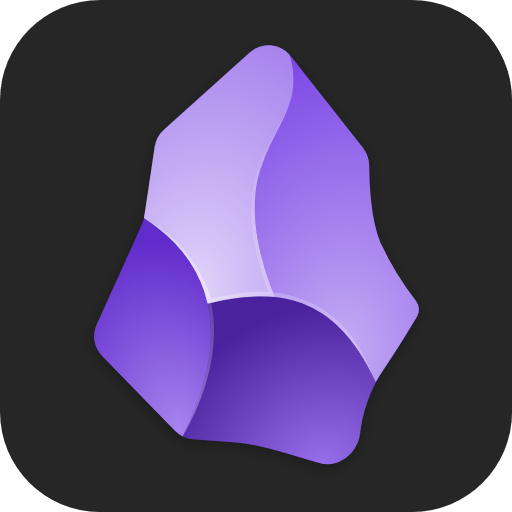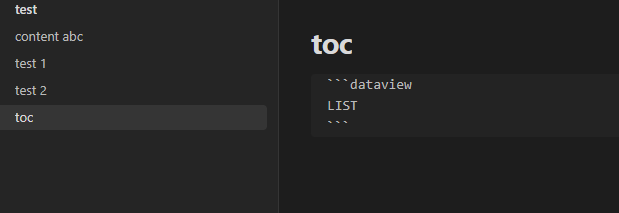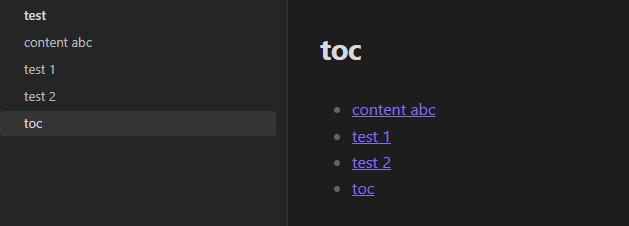

I forgot about filtering in graph view. Thanks a lot for the reminder!
I don’t get the naming convention of a Zettelkasten. What if you have two notes about radioactive mayonnaise, but with different timestamps?


I forgot about filtering in graph view. Thanks a lot for the reminder!
I don’t get the naming convention of a Zettelkasten. What if you have two notes about radioactive mayonnaise, but with different timestamps?
Assuming a key akin to “deadline”, you could use or adapt the following:
WHERE dateformat(deadline, “yyyy-MM-dd”) <= dateformat(date(today), “yyyy-MM-dd”)
Or work with note creation date:
WHERE dateformat(file.date, “yyyy-MM-dd”) <= dateformat(date(today), “yyyy-MM-dd”)
Instead of “today” use “this.file.name” when working with daily notes as in your case.
To have the list be divided into completed and unfinished, skip the “!completed” and instead use:
SORT completed
Add DESC to reverse order.
Another option would be to have two separate dataview queries. One for completed and one for unfinished tasks.
It’s a system to organize information based on the following criteria:
Thank you! This is pretty much how I go about it, but the manual work load is still great.
In my case it is the adoption of LATCH, a concept I only encountered after I had already been using Obsidian for some time. Not to mention that my LATCH template already changed once or twice, until I found what works for me, but this still leaves the possibility open for future changes to it and another round of mass edits. Deciding on a more fundamental level, if and how or if at all I should address these changes is a question that I have not yet found a decisive answer to.
Well it’s not just meta data. I write only the bare necessities in an actual YAML header, the rest of the front matter goes into a comment section below that. This gives me the option to add links as meta data. What I would like to do is to embed older notes with LATCH. This would help with cataloging and indexing, which would in turn help with identifying merge-able topics, relating topics and reviewing notes.


Have you heard of the dynamic toc plugin?
I could probably do this with Dataview, but I would prefer proper wikilinks.
I don’t really understand what you mean by that. Do you mean, that you want to link to the note? Because Dataview can definitely do that. Or are you refering to linking to the headers within a note? I don’t think that this can be done with Dataview.
Here a minimally working toc via Dataview btw:


Use - to exclude a search key. E.g. path:-“templates” or -tag:#diary.